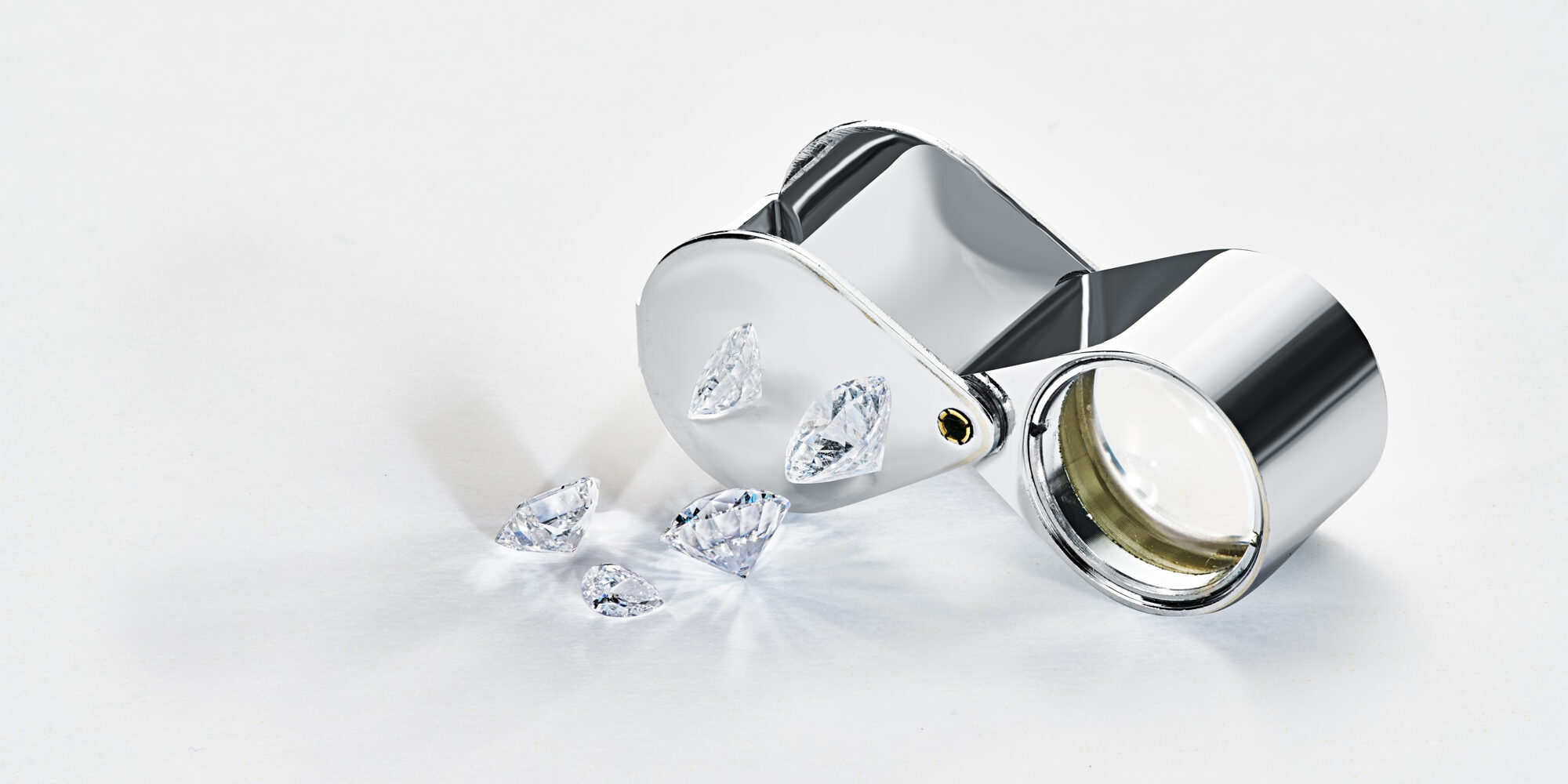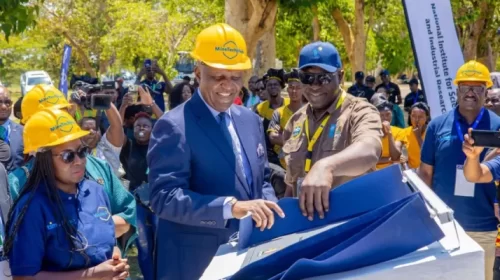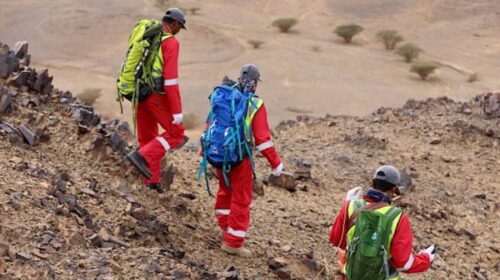ALROSA’s Nano-Marking Technology Can Trace Diamonds
ALROSA introduced a ground-breaking diamond-tracing technology using non-invasive laser marking. Unlike traditional laser engraving, this laser marking cannot be destroyed or polished off. It distinguishes ALROSA’s diamonds from other ones, including lab-grown, and allows them to be uniquely identified, providing detailed information about the diamonds’ origins.
Consumer surveys in the key diamond markets of the United States and China indicate that diamond tracing is an important factor when making purchases. Tracing involves registering all stages of a diamond’s life from the mine to the jewellery store to guarantee its origin.
ALROSA will be introducing a new, non-invasive method for physically marking rough and polished diamonds, which has been developed with the help of scientists from the Russian Academy of Sciences, as well as ALROSA’s Research Geological Enterprise (NIGP) and the Yakutniproalmaz Institute.
Unlike other tracing methods which are based on keeping a digital copy of the diamond, ALROSA physical nanomarking allows the precious stone to be identified with 100% accuracy. It also differs from other engraving technologies which mark closer to the surface of the diamond. ALROSA’s laser nanomark is imprinted inside the crystal lattice, across the atomic structure of the entire diamond, making it invisible without a scanner. Diamonds with such nanomarkings have been successfully certified by the GIA, the industry’s biggest certification centre.
The mark is a three-dimensional code linked to the ALROSA Provenance platform. It offers in-depth information about the diamond’s origin and characteristics, as well as a unique identification number, photo, video and details about how it has been cut. Scientists believe that, as the technology evolves, it is likely to become an important way of embedding large amounts of data within the diamond, including media files, images and music.
The company is offering its partners marked diamonds and the equipment to read them. Scanning the code takes less than a minute and will eventually be optimised to ensure even greater efficiency.
Patent research has confirmed that it is the first time this technology is being used for commercial purposes to trace rough and polished diamonds. ALROSA is currently seeking patents in the world’s major diamond-trading centres, and has started application processes in the US, China, Hong Kong, Macao, Taiwan, the UK, Israel, Belgium and India.
Oleg Kovalchuk, PhD (Tech. Sc.), who supervises the project at the Yakutniproalmaz Institute, said: “A nanomark is applied using a laser pulse of a certain wavelength, intensity and duration. This causes nanoregions to form across the entire crystal, which can only be viewed with a scanner created specifically for reading the marks. As such, we have now developed standardised procedures for embedding information and marking a rough diamond with a distributed mark to identify it.”
Sergey Ivanov, CEO of ALROSA, said: “Guided by growing market demand, we are focusing our efforts on tracing and guaranteeing the origin of our diamonds. As the world’s largest vertically integrated diamond-mining company, ALROSA is in a unique position: with access to the full cycle of manufacturing, we have all the necessary information about our polished diamonds and the rough diamonds from which they were cut. The laser nanomark technology we have created allows these guarantees to be extended to the diamonds sold by our partners. By purchasing jewellery with a diamond protected by a nanomark, the buyer can be sure that it was actually made by ALROSA: the three-dimensional code embedded in the diamond is linked to its unique identifier and digital passport on the company’s database, which also includes details of the socio-economic benefits associated with its production.”
![]()





